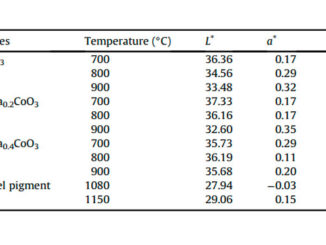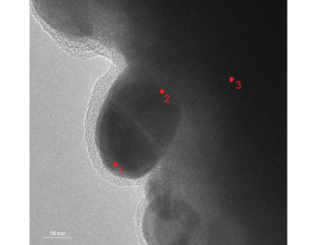
Writers: J.M.P. Almeida; V. Tribuzi; R.D. Fonseca; A.J.G. Otuka; P.H.D. Ferreira; V.R. Mastelaro; P. Brajato; A.C. Hernandes; A. Dev; T. Voss; D.S. Correa; C.R. Mendonca
Keywords: Femtosecond laser; Material processing; Two-photon polymerization; Metallic nanoparticles; Hybrid nanomaterials
Abstract: Tailoring properties of materials by femtosecond laser processing has been proposed in the last decade as a powerful approach for technological applications, ranging from optics to biology. Although most of the research output in this field is related to femtosecond laser processing of single either organic or inorganic materials, more recently a similar approach has been proposed to develop advanced hybrid nanomaterials. Here, we report results on the use of femtosecond lasers to process hybrid nanomaterials, composed of polymeric and glassy matrices containing metal or semiconductor nanostructures. We present results on the use of femtosecond pulses to induce Cu and Ag nanoparticles in the bulk of borate and borosilicate glasses, which can be applied for a new generation of waveguides. We also report on 3D polymeric structures, fabricated by two-photon polymerization, containing Au and ZnO nanostructures, with intense two-photon fluorescent properties. The approach based on femtosecond laser processing to fabricate hybrid materials containing metal or semiconductor nanostructures is promising to be exploited for optical sensors and photonics devices.




